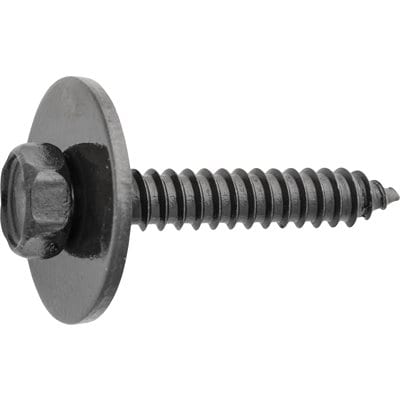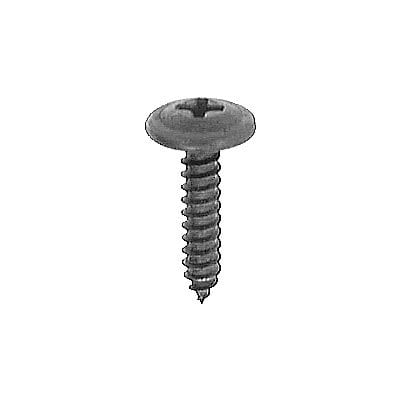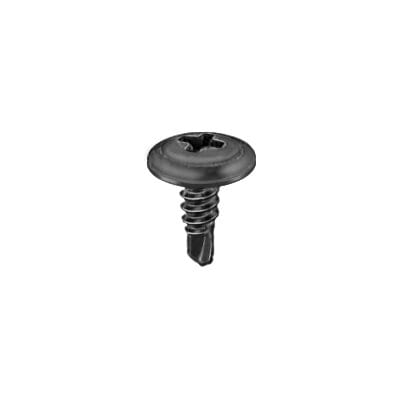Self-tapping screws are a type of screw that are designed to create threads in a material as they are driven in. This allows them to be used in materials that do not have threads already, such as metal, plastic or wood.
Self-tapping screws are typically used in automotive, construction, and manufacturing applications. They are commonly used in situations where a threaded hole is needed but it is not possible or practical to create one using traditional methods.



To use self-tapping screws, choose a drill bit size to match the screw size and the material that the screw will be used on. The drill bit should be used to make a pilot hole in the material. Then the self-tapping screw can be inserted into the pilot hole and driven in using a screwdriver or power tool. The threads on the screw will create threads in the material as it is driven in.
It is important to note that self-tapping screws come in different types and designs, each with specific uses and applications. For example, sheet metal self-tapping screws have sharp cutting edges that allow them to cut through thin sheet metal, while pan head self-tapping screws have a wider head that distributes the pressure more evenly.

A Teks Drill Point screw is a popular example of a cutting edge screw. These screws have very sharp cutting edges that can drill into metal up to 1/4″ thick. Teks screws are commonly used in automotive applications such as attaching bracket clamps to a frame.
When choosing a self-tapping screw, consider the specific application and material that it will be used on. From there, choose the diameter and length of screw, the head type (Phillips, Phillips Truss, Hex, Torx, etc), integrated loose washer or not, and self-tapping or teks.
Click here to see all of the different types of self-tapping screws that we carry.

